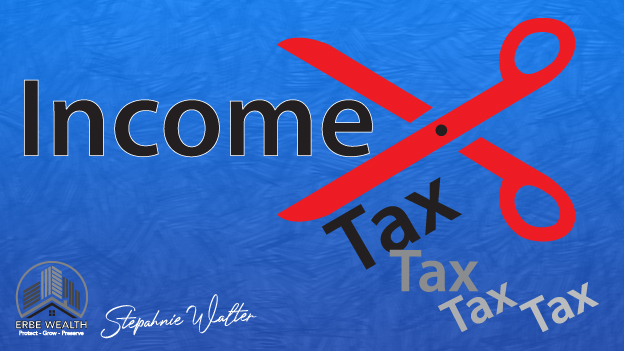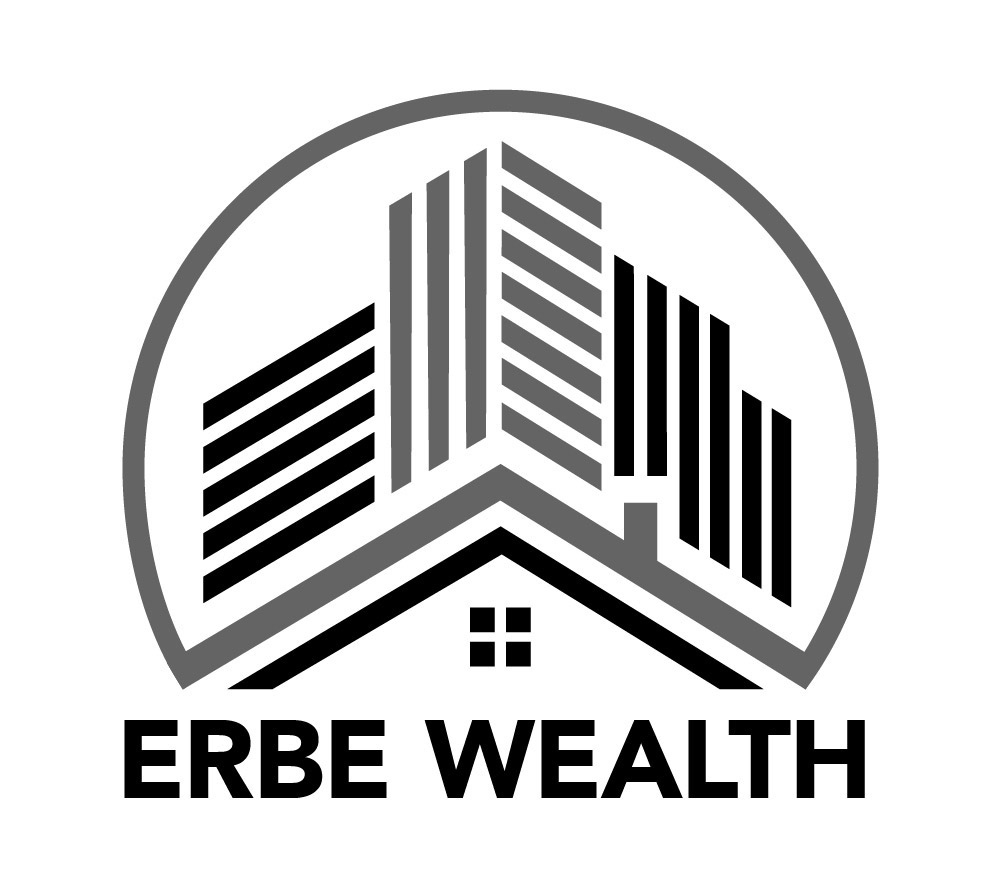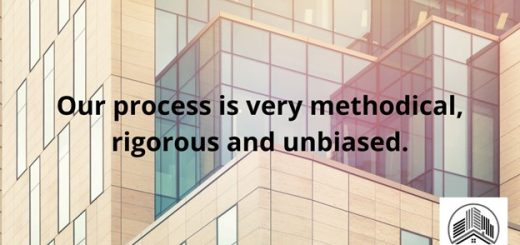Tax free income
by Erbe Wealth · Published · Updated
I have learned so much from working with the very wealthy person. They are assertively addressing and minimizing the largest eroder of wealth, Taxes. Most people think they cannot do anything about taxes. They invest in their 401 k and are sold the false statement by their financial planner that they do not need to worry about future taxes or even have a strategy. I’m here to tell you that is a lie.
The reality is that the federal government has an enormous national debt with hugely underfunded liabilities in Social Security and Medicare due to changing demographics that I will review later.
Additionally, and are you aware that tax rates for the last 20 years have been at historically low (yes, that is correct – low) levels? Low tax rates and big deficits are a terrible combination that is driving our national debt to catastrophically elevated levels. In order to eliminate all of this debt, the government will have to raise more revenue. And how will that happen? By raising taxes, of course.

An equally concerning point that you never hear based on this argument is the true fact that all of the deductions that you experienced during your working years disappear when you most need them – in retirement. Let’s talk about the top three deductions taken during your working years:
- Mortgage interest: This is the number one source of deductions during your working years. The problem is that most retirees have paid off their homes, so this deduction ceases to exist in retirement.
- Your children: Your children count as an exemption and a credit, and they are a huge source of deductions. When you are retired, your children will, as most would hope, no longer live with you; but if they do, then they will be too old to be considered dependents.
- Retirement plan contributions: You are no longer contributing to your 401(k) in retirement.
So, in your retirement years, in all likelihood, you will be absent of any deductions. Deductions are paramount to reducing taxes. Even if tax rates stay the same, by losing these deductions, you will very likely end up in a higher income tax bracket in retirement than you were in your working years. Most people come to this realization too late – when they are retired and realize that their financial planner didn’t prepare them or guide them toward any other tax-advantaged alternatives because they were concerned with earning a commission on your invested assets. I don’t want you to be in that boat.
So let me briefly tackle this possibility of higher future tax rates and our unfunded liability problem to mentally prepare you for why you MUST have a tax-free bucket in retirement. I’ll also address why tax-treatment diversification planning is so important. Take a look at this table.
I know this doesn’t seem quite right, but it is. A study of the history of taxes in the U.S. lends a bit of perspective. Over the last 100 years, tax rates in our country have been a roller coaster. When the government first began taxing income in 1913, it was at a rate of 1%. It increased rapidly from there. By 1943, the highest marginal rate was 94%. By the 1970’s, things had improved but not by much. Americans were still paying as much as 70%. Fast forward to today when the highest income tier on which the wealthiest Americans pay taxes is 39.6%.
It is truly shocking to realize that taxes haven’t been this low in nearly 80 years. This is interesting because I often ask people, “How high are taxes today?” They typically reply that they believe taxes to be as high as they have ever been. The truth is that taxes are just about as low as they have ever been. The better questions are, “How long can these low rates last?” and, “What are you doing to minimize your tax rates in the future?”
Just for “fun,” go to usdebtclock.org where you will see the national debt. Then look toward the bottom right corner to see U.S. Unfunded Liabilities, you can see Social Security and Medicare listed and at the time of this writing, those two debts were $22 trillion and $34 trillion, respectively, as of the writing of this book the total U.S. Unfunded Liability is $172 Trillion, or $517,429 per citizen. To be clear, this means that these debts do not have the necessary funding to continue the benefits. The unfunded costs of these two entitlement programs alone dwarf the federal debt.
To make this even more interesting, let’s talk further about one of these unfunded liabilities – Social Security. Shortly after Social Security began in 1945, there were 41.9 – let’s say 42 – workers per retiree. Any guess as to where that number is today? How about 2.8 workers to every retiree. So, I don’t feel out of line by saying that these programs are unquestionably unsustainable.

I don’t mean to bring you down, but this is the reality of our situation – one for which politicians continue to blame on each other while doing absolutely nothing to improve it but instead make our problems worse. The U.S. government runs this absolute mess of their finances while we American citizens must prepare our finances for whatever fallout their mess will create in the future. All of this boils down to two words – Future Taxes. Deciding whether to contribute to your tax-deferred bucket depends entirely on what you think about the future of tax rates. Because it is so important, this previous statement of mine bears repeating: If you believe that future tax rates will be higher even by 1%, then, mathematically, you are better off limiting your contributions that go into this bucket
If you do not have a tax-free bucket, then you really need to think of a strategy to implement this in your retirement planning.
This is something I specialize in, tax free income in retirement. I have worked with the wealthy first hand setting up these investments for years. The good news is that many of these products that were once only available for the uber rich think 50+ million are now available to most accredited investors. Unfortunately, most financial planners do not have the specialized knowledge to put their clients into anything they don’t get a fee for managing.



